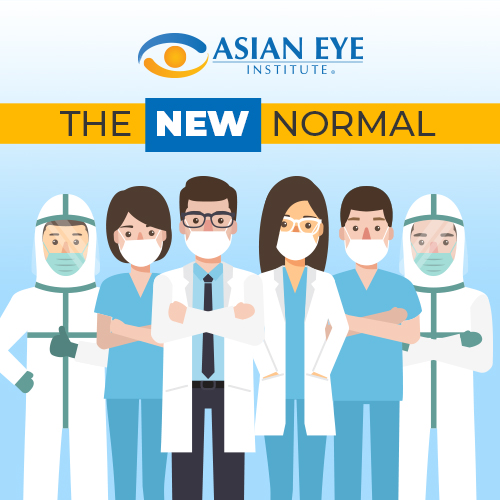

Be prepared to hear more about this over time, becoming familiar with a medical field that brings diagnostics and therapeutics together. The separate technologies outlined above may ultimately end up coming together in a new discipline for contact lenses: theranostics. The limitations of self-application of drops, poor adherence from patients instilling the drops, short drop residence time on the ocular surface, and the requirement for acute conditions of round-the-clock dosing are well understood, leading to understandable interest in drug-releasing technology.īeyond ocular allergy, expect to see innovation in the treatment of dry eye disease via sustained release of lubricants and anti-inflammatory and immunomodulatory agents as well as in the treatment of acute ocular infection such as bacterial keratitis via antibiotic drug-delivering contact lenses. The management of ocular disease will be a further welcome addition to clinical practice, especially for those conditions now predominantly treated with topical medications. Such data include blood glucose levels in diabetes, the detection of cancer biomarkers, and the diagnosis and monitoring of dry eye disease via measures of osmolarity and inflammatory cytokines. Tears are a rich source of data for the detection and monitoring of systemic and ocular disease. These technologies, once available, will be valuable additions to patient-centered health care. That means eye care practitioners can expect access to a suite of novel devices to gradually, rather than suddenly, increase in the future. Manufacturers need to move from proof of principle in the early stages of development, through to demonstrating efficacy and safety in clinical trials, gaining regulatory approvals, and finally launching a commercially viable product.

The novel ketotifen- releasing technology has been shown to significantly reduce symptoms of ocular allergy for up to 12 hours. The recent regulatory approval in Japan 8 and Canada of the first drug-delivering contact lens (Acuvue Theravision, Johnson & Johnson Vision) demonstrates how close this technology may be to becoming commercially available. The addition of a strain gauge in combination with onboard microelectronics delivers the ability to continuously monitor intraocular pressure measurements over a 24-hour period to provide information to optimize glaucoma treatment (Sensimed Triggerfish). The diagnosis and monitoring of ocular disease continues to be a focus for contact lens development, with one example already commercially available in some markets. All of these serve as examples of changes that eye care practitioners can expect as new lens technologies become available.
Clinical try of beyond contact lenses professional#
Myopia management may also result in changes to clinic appointments, an investment in additional instrumentation, and the introduction of professional fees to appropriately cover the service offered. It also creates a need for eye care practitioners to increase their own knowledge and continue to stay up to date in an ever-evolving field. Anyone involved in offering this treatment to patients will appreciate the different conversation required when counseling patients and their caregivers about the technology. Innovation drives changes in practice Myopia management also serves as a good indication of how contact lens innovation will change some aspects of clinical practice. This is an example of a contact lens with an optical design intended to be used to affect the rate of axial length growth in young myopes, and evidence grows for such technologies for both soft 2-4 and orthokeratology 5,6 designs. It can be surprising to realize that the profession is already at the tip of the innovation “iceberg.” The FDA’s approval in November 2019 of the first soft contact lens design for slowing myopia progression in children (MiSight 1 day CooperVision) opened the door to broader access to technologies that do more than simply correct eyesight. Given that knowledge, what novel contact lens technologies can eye care practitioners expect to see become available? When might that happen and importantly, what can eye care practitioners do along to the way to prepare? The final report focuses on contact lens technologies of the future, 1 and, as highlighted by Optometry Times®’ recent conversation with the report’s chair Professor Lyndon Jones, PhD, FCAHS, FCOptom, FAAO, in many cases those developments will move the function of a contact lens beyond simple correction of refractive error. Published in April 2021, the British Contact Lens Association Contact Lens Evidence- based Academic Reports deliver a global consensus on contact lens practice and research.


 0 kommentar(er)
0 kommentar(er)
